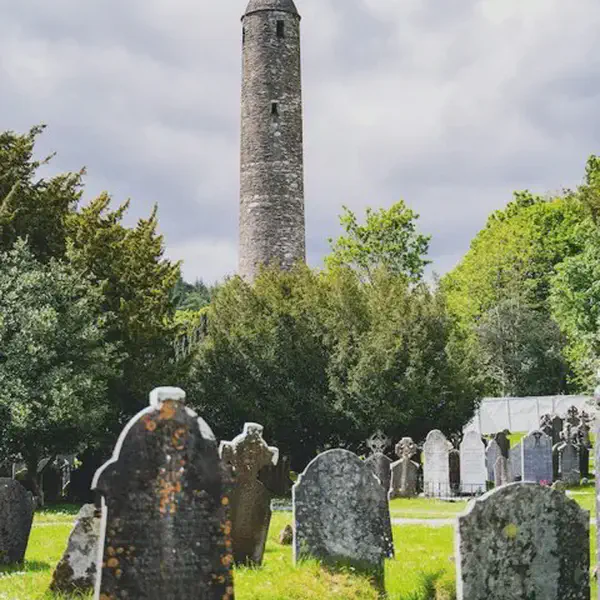
Alban Heruin, Welsh Bardic Name for Summer Solstice
June 21
The summer solstice, or Alban Heruin, was the longest day of the year. The summer solstice is an astronomical term regarding the position of the sun in relation to the celestial equator. At the time of the summer solstice, Earth is at a point in its orbit where one hemisphere is most tilted towards the sun, causing the sun to appear at 23.45 degrees above the celestial equator, thus making its highest path across the sky. The summer solstice is the day of the year with the longest daylight period and hence the shortest night. This day usually occurs on June 21-June 22 in the northern hemisphere and on December 21-December 22 in the southern hemisphere. The actual date changes due to differences between the calendar year and the tropical year.
At the point of the summer solstice in the Northern Hemisphere the sun appears to be directly overhead at midday along an imaginary line on the Northern Hemisphere at latitude 23.45 deg N known as the Tropic of Cancer. At the summer solstice in the Southern Hemisphere the sun appears directly overhead at midday along an imaginary line 23.45 deg S known as the Tropic of Capricorn. These two lines were so-called because, in ancient times when the first Western astrological charts were set, the sun rose in these constellations at these times.
These lines mark the southern and northern most points where the sun can appear to be directly overhead to an Earth-based observer, and encompass the tropical region of the earths surface.
The summer solstice along with the winter solstice, vernal equinox, and autumnal equinox were discovered by people in the northern hemisphere and originally referred to northern hemisphere seasons.
Midsummer is the time around the summer solstice. There are traditional holidays celebrated in Northern Europe and elsewhere at this time. In Denmark and Norway midsummers eve is known as Sankt Hans Aften. Bonfires are lit on beaches throughout the land as darkness comes and effigies and fireworks are thrown into the fires. Summer Solstice is also celebrated as a Wiccan sabbat, called Litha. Every year, a celebration takes place at Stonehenge.
The Celtic year was divided into two halves, the dark and the light. Samhain was the beginning of the dark half, with its counterpart, Beltane beginning the light half. Between these two doors or portals fell Imbolc, on February 01, and Lughnasadh or Lammas, celebrated on August 01, quartering the Celtic year. These quarters were again divided by the solstices and equinoxes, which were known as the four Albans.
The summer solstice, or Alban Heruin, was the longest day of the year. Observed on the 21st of June, it was the time when the Sun reached its zenith and cast three rays to light the world. Alban Heruin, or The Light of the Shore, is also referred to as Litha or Midsummers Day. It was traditionally celebrated out in the forest with picnics, games, and a large bonfire.